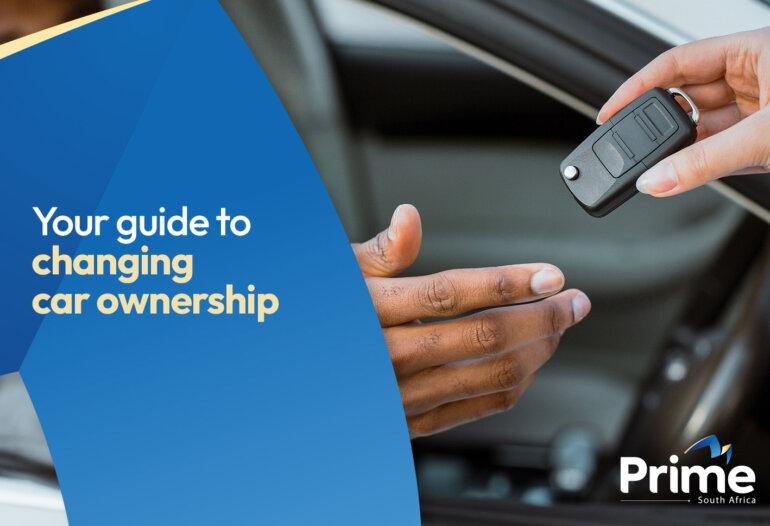Your Guide to Changing Car Ownership
If you’re selling or buying a used car in South Africa, the car ownership process needs to be handled properly. Although changing car ownership can seem tricky, with the right steps, it’s quick and manageable.
This guide explains how to transfer car ownership, what application forms you need, and why updating the ownership is so important for car insurance.
Why Changing Car Ownership Is Important
When a car changes hands, the legal ownership of the car must also change. The car must be registered in South Africa in the buyer’s name within 21 days of the sale to avoid fines or penalties. This ensures that the new owner takes full responsibility for the car, including:
- Licensing and registration fees
- Roadworthiness compliance
- Car insurance coverage
If the ownership transfer isn’t processed, the previous owner could still face penalties for traffic violations or unpaid licence fees related to the car. For car insurance to be valid, the policyholder’s name must match the name on the car registration certificate. Explore different types of car insurance to gain a deeper understanding of what it covers and how to select the right option.
Steps to Changing Car Ownership in South Africa
Follow these steps to change car ownership successfully.
Step 1: Complete the NCO Form
The seller must complete the Notification of Change of Ownership (NCO) form and submit it to their local registering authority. This form informs the authority that the car is no longer in the seller’s name. You can get the NCO form:
- From your nearest registering authority
- Downloadable online from the eNaTIS website
Step 2: Submit the Car Registration Certificate
The seller must hand the buyer the car registration certificate. This is an essential document that proves the car’s current legal ownership.
If the seller financed the car through a bank, it may still be registered in the bank’s name. In this case, they must first settle any outstanding amounts and obtain a certificate of incorporation from the bank before selling the car.
Step 3: The Buyer Completes the Application for Registration
To register the car in their name, the buyer must complete the Application for Registration and Licensing of Motor Car (Form RLV), which can be obtained from the registering authority or downloaded online.
The following documents must accompany Form RLV:
- A certified copy of the buyer’s ID
- The car registration certificate
- Proof of residence (e.g., utility bill)
- A roadworthy certificate (if the car isn’t exempt)
- A mass measuring certificate (for certain car types)
Step 4: Submit Forms to the Registering Authority
Both the buyer and seller must ensure the required forms are submitted to the local registering authority. If all the documents are in order, your application will often be processed on the same day.
After the transfer is processed, the car will be officially registered in the buyer’s name. To manage any potential hidden costs that may arise during this process, understanding the hidden costs of buying a car can be beneficial.
Things to Keep in Mind When Changing Car Ownership
Here’s a summary to make the process smoother:
Timeframe: Complete the ownership transfer at your local registering authority within 21 days to avoid fines.
Roadworthy Certificate: If you’re selling the car, ensure it has a valid roadworthy certificate.
Proof of Sale: Keep a signed sale agreement for both the buyer and seller’s records.
Bank-Owned Cars: If the car is still financed, settle the outstanding amount and obtain a certificate of incorporation before selling.
Insurance: Update your car insurance immediately to reflect the new ownership. If you’re the buyer, ensure the car is registered and insured under your name before driving it. Make sure you understand the details of different types of car insurance before your purchase.
Get Car Insurance Today
Whether you’re buying or selling a car, car insurance is a crucial part of protecting your investment. Without proper coverage, you could face major financial losses in case of accidents, theft, or damage.
For reliable car insurance tailored to your needs, get a quick quote now. You’ll want to ensure your car insurance is updated and valid as soon as you complete the ownership transfer.
If you’re planning to sell your car privately, consider exploring these top tips for selling your car privately to make the process smoother and safer.

Disclaimer:
The article aims to provide South African motorists with a step-by-step guide on changing car ownership. However, it’s not a complete list, so always do your own independent research.
Get a quote for Comprehensive car insurance with fixed premiums*, reducing excess*, and top-tier service. T&Cs apply.




